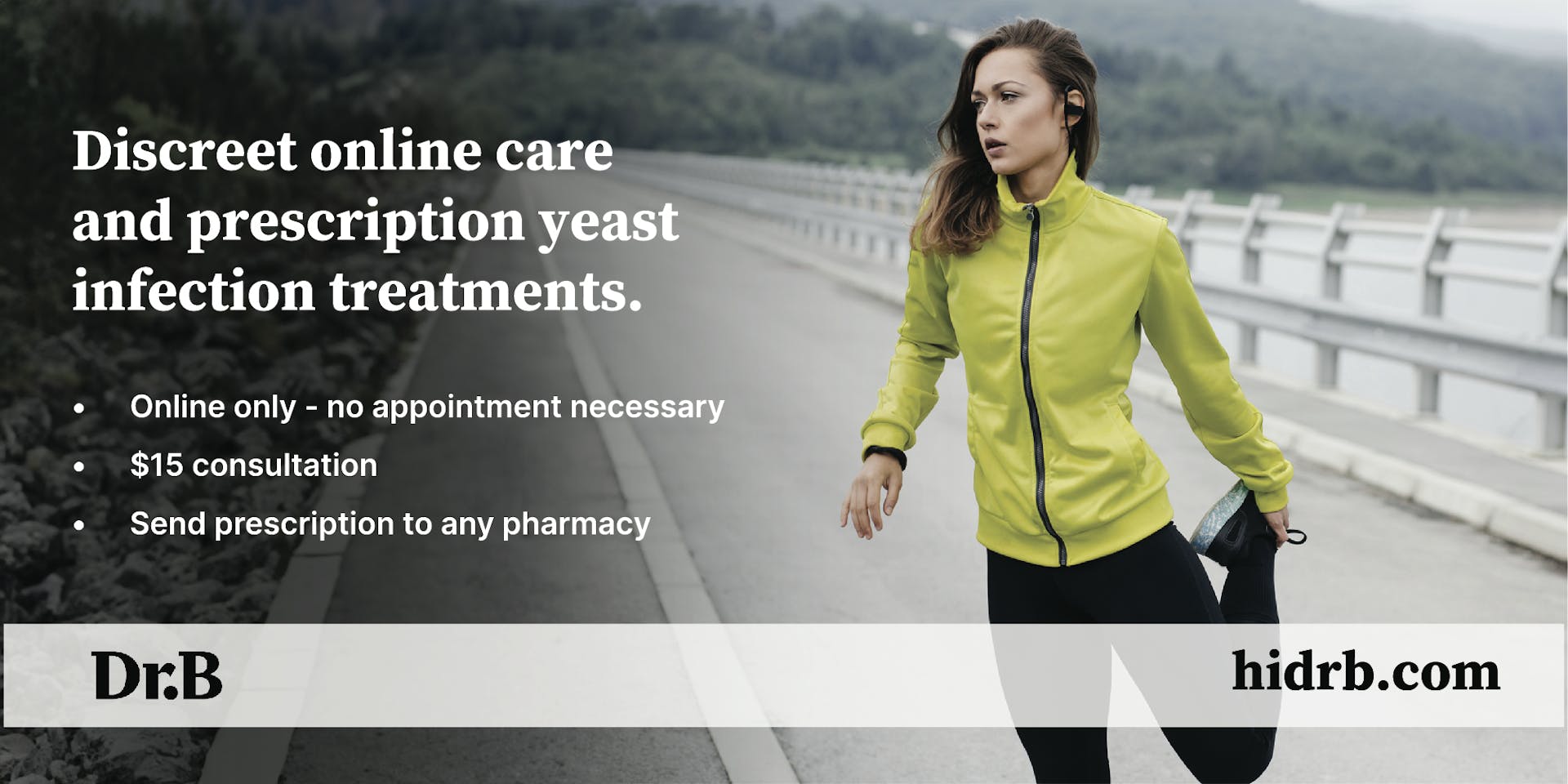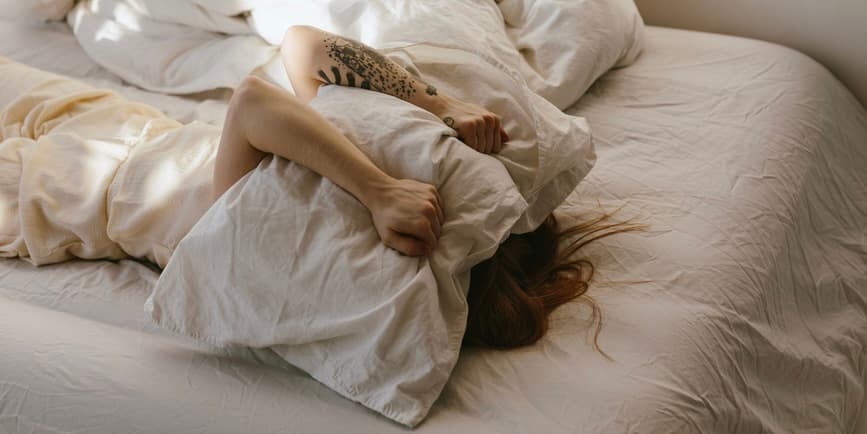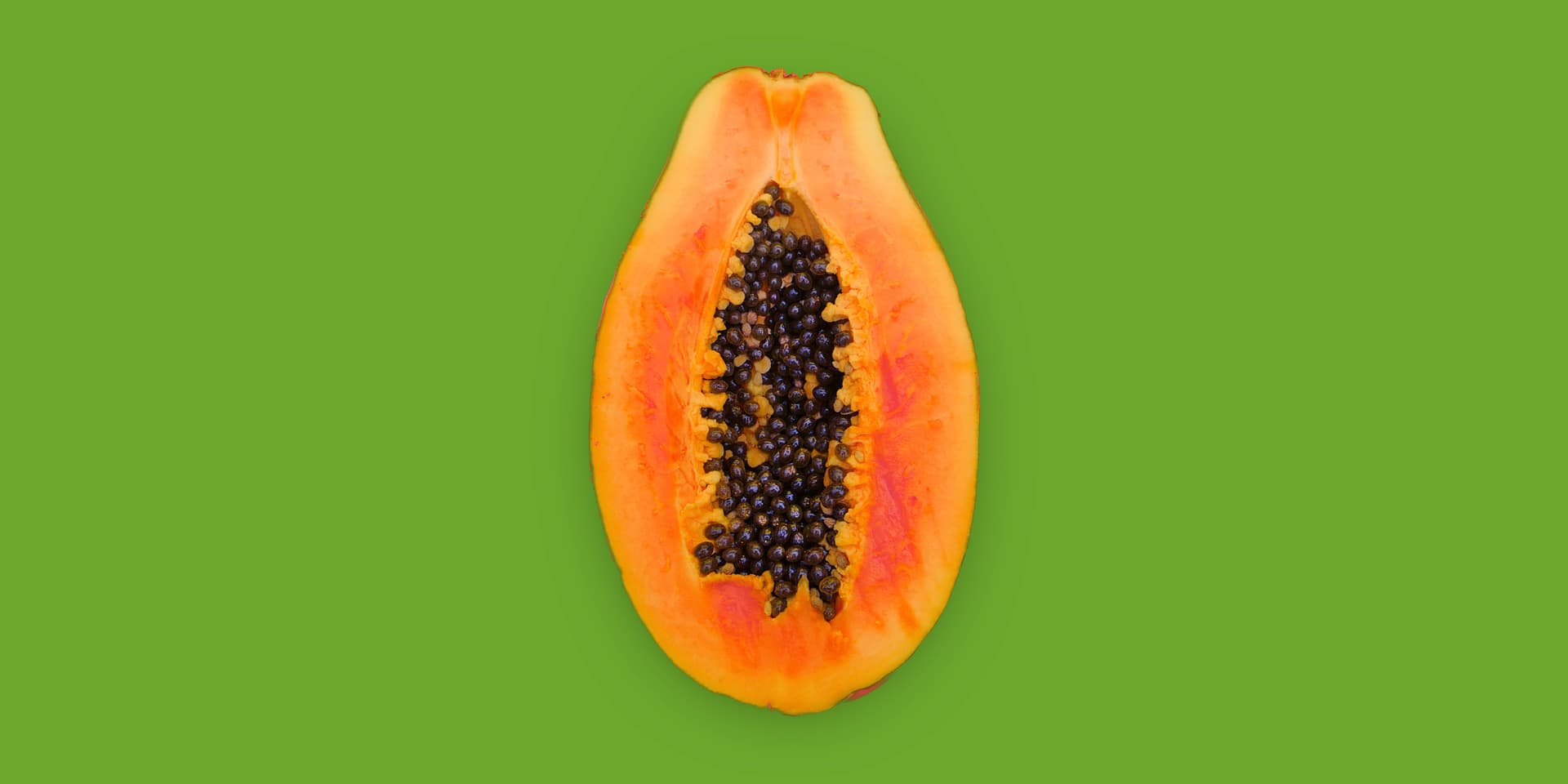
Yeast infection treatments

Key Points:
- Yeast infections are treated with prescription creams, vaginal suppositories and oral antifungal medications.
- In most cases, yeast infection treatments can start to clear symptoms within just a few days.
- Home remedies for active infections exist but are not tested for safety and efficacy. So prescription medications are recommended above alternative treatments.
Vaginal yeast infections—also known as vulvovaginal candidiasis or vaginal candidiasis—are extremely common vaginal infections. They’re so common that an estimated 75% of people with vaginas will experience a vaginal yeast infection at least once in their lifetime. They can also affect the penis, skin, mouth or throat.
Yeast infections can happen to anyone at any time. But being pregnant, taking birth control pills, having uncontrolled diabetes or being immunocompromised can make them more likely.
Luckily, treating a yeast infection is relatively straightforward. Here’s the scoop on vaginal yeast infection treatments. Plus, how Dr. B can help you get a vaginal yeast infection prescription without leaving the comfort of home.
What is a yeast infection?
A yeast infection is a common fungal infection that stems from a bacterial imbalance. Areas like the vagina naturally contain a balance of yeast and bacteria. When this balance is upset, a type of yeast called Candida can grow unchecked. This can result in symptoms like an itchy vagina and a thick, white discharge.
Other fungal and bacterial infections can cause vaginal itching and vaginal discharge. Some sexually transmitted illnesses (STIs) can trigger these symptoms, too. So if you’re unsure whether you have a yeast infection or something else, talk to a medical provider. They can help you find the right vaginal yeast infection medicine or other appropriate treatment.
Can a yeast infection go away on its own?
Sometimes, a mild yeast infection will go away on its own. But don’t assume it will. Most yeast infections require prescription treatment. Going without the right vaginal yeast infection pill, suppository or cream may worsen symptoms. This could lead to a more severe infection or encourage future infections.
Dr. B can help you get a prescription treatment for yeast infection online. Learn more about our discreet online care here.
Yeast infection treatments
For most people, treating a yeast infection involves taking an over-the-counter or prescription cream, pill or vaginal suppository. These are all antifungal medications—meaning they eliminate or prevent the growth of fungi.
Common creams, suppositories and pills for yeast infection include:
- Diflucan: This brand-name medication comes in tablet form. It can be a one-day yeast infection treatment. But it may require a second dose 72 hours later if symptoms don’t subside. You may be able to get a prescription for Diflucan online with a Dr. B virtual health assessment.
- Fluconazole: A Fluconazole tablet is the generic version of Diflucan. It is also a single-dose product. But you may need to repeat at dose 72 hours later if symptoms persist. Dr. B offers Fluconazole online with an online health assessment.
- Terconazole: This antifungal medication comes as a suppository that you insert into the vagina at bedtime every night for 3 nights. Be sure to take the full course of prescribed medication —even if your symptoms improve within a day or two.
If you have recurrent yeast infections or a stubborn yeast infection that won’t go away after treatment, speak to a gynecologist. You may need a different kind of treatment or have an underlying medical issue that needs to be addressed.
What are some common side effects of yeast infections medications?
Side effects from yeast infection treatments are usually mild. In rare cases, yeast infection medications can cause liver disease. Seek medical help if you experience an irregular heartbeat, continuous vomiting, yellowing eyes or skin or dark urine.
Otherwise, common medication side effects can include:
- Headache
- Vaginal burning or itching
- Stomach cramps
Home remedies for yeast infection (and other tips)
Home remedies have not been evaluated to the same extent as established treatments. And some assumptions—like a period will flush out a yeast infection–don’t hold water compared to prescription medications. So it’s best to only use alternative remedies alongside prescription treatments. They can also help prevent future infections. (More on that below.)
Home remedies for yeast infections include:
- Eating yogurt. Probiotic foods containing live bacteria (like plain Greek yogurt) can expand your microbiome and control yeast levels.
- Boric acid. Boric acid is a natural compound and antiseptic agent believed to have antifungal properties. It’s sometimes applied as a vaginal suppository.
- Tea tree oil. The popular essential oil is an antifungal substance that has been shown to fight Candida albicans. It is usually applied via a vaginal suppository.
- Apple cider vinegar. Adding half a cup of apple cider vinegar to a lukewarm bath can help eliminate yeast and other infection-causing microorganisms.
How to prevent a yeast infection
It’s not always possible to prevent a yeast infection. But these additional steps can reduce your odds.
- Limit your time in baths or hot tubs. Yeast and bacteria thrive in hot, damp environments.
- Don’t wear wet clothes. Put on dry clothes after a swim or sweaty workout as soon as possible.
- Wear loose clothing. Breathable clothing like cotton underwear is less likely to hold moisture and heat.
- Avoid douches or feminine sprays. Keep your vagina clean with warm water and skip cleaning products—they can remove too much bacteria.
- Limit antibiotic use. Overuse can cause antibiotic resistance and lead to more infections.
Find effective treatment right from home
The bottom line? The only proven way to cure a yeast infection is by taking the proper medication.
Dr. B is here to help! To get a yeast infection treatment online, start our online health assessment. A licensed medical provider will review your treatment. If they find an online yeast infection prescription appropriate, they’ll send it to the local pharmacy of your choice.
Dr. B offers $15 online consultations and No-Cost Care for those who qualify based on financial need. So if you’re ready for hassle-free and discreet online care, get started today!
Sources:
Centers for Disease Control and Prevention. (2013). Vulvovaginal Candidiasis (VVC).
Sign up for the free Dr. B newsletter for a weekly report on the latest in healthcare + research-based advice for staying healthy and mentally well.





